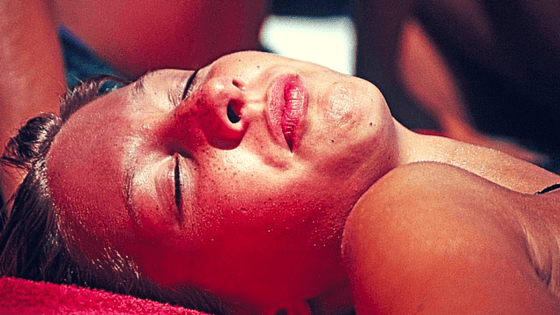Today we’re going to help you treat something called keratosis pilaris, sometimes known by the name of chicken skin.
So, what is keratosis pilaris (KP) in the first place? How do you know if you have it? Look for sections of small pink, red or white bumps that group together — often on the upper arms, and around the thighs.
These bumps form thanks to the buildup of a protein called keratin. Keratin is a naturally occurring protein on the skin. When your body produces too much of it, keratin blocks the opening of the pores trapping hair follicles inside. As these follicles grow with nowhere to go, this produces the raised bumps you see on your skin.
Depending on how severe the condition is, it’s possible to have hundreds of these tiny little patches covering your skin. The affected areas may feel rough but they aren’t usually itchy.
It’s worth mentioning that keratosis pilaris may be at least partly genetic because it seems to run in families. In fact, those suffering with asthma or one of the various forms of eczema are more likely to have it than those who don’t.
Overall, it tends to be more common in teens than adults although it’s estimated a little under half the total population has some form of keratosis pilaris. This ranges from barely noticeable to very severe. Overall it’s a common skin problem — don’t feel like you’re alone here.
By the way, these bumps are completely harmless and are NOT a serious condition by any means. Still, you’d rather have clear, spotless skin instead of colored bumps all over the place, right?
The good news is that we can help you improve by getting rid of these bumps or at the very least minimizing their appearance so you end up somewhere better than you started. Be confident knowing that by doing so, you’ll be one step closer to looking your very best, which after all, is what we’re trying to help you become.
Some more good news is that, this condition often naturally improves with age. Most people find it disappears on its own by their late 20s to early 30s. In the meantime, no matter if you’re younger or older, we’re going to help you speed up the process because no one wants to sit around and wait. We want to see results now!
Tips for Improving the Appearance of Bumps
Keratosis pilaris becomes more severe during the winter months. With low humidity your skin becomes drier and the appearance of any bumps becomes worse. Use a moisturizer on the affected areas to help overcome this and keep them manageable (we talk about moisturizers that are specifically good for keratosis pilaris further below).
You could also look into getting a humidifier for your home which will add moisture back into the air helping with any dryness and reducing the roughness of bumps.
If you have a more severe form of keratosis pilaris and your bumps are heavily inflamed, it’s important to look out for irritating ingredients in any body washes or lotions you use because they will only further inflame them.
In general, if you have sensitive skin it’s a good idea to avoid any products that contain sulfates (ex. sodium lauryl sulfate, sodium laureth sulfate, ammonium lauryl sulfate etc.) as they are all harsh irritants. You can check out other ingredients to avoid for sensitive skin here.
Another tip is to use a self-tanner to help cover up the spots. A natural looking color that isn’t too orange will minimize their appearance and in a safer way than tanning naturally. This is especially useful if you have them on the arms because they’re more likely to be exposed and visible to other people. Remember to use the tanner over the other parts of your skin and face to make it blend in more naturally.
Quick Recap
- Keep skin moisturized — apply a moisturizer to the affected areas and consider a humidifier. Anything to keep your skin from getting dry because this makes things worse.
- Avoid sulfates and other known irritants in skincare products. Above we linked to an article that discusses some other common ingredients to look out for.
- Use a self-tanner to darken your skin and help blend in the bumps.
The above three tips are all keys to improving the general appearance of bumps but on their own, they aren’t enough to treat keratosis pilaris. They’ll make it manageable in the mean time but you need something more to attack the root cause — keratin buildup.
Keratosis Pilaris Treatments
Contrary to popular belief, you can’t just “scrub” these bumps off. Best case scenario this does nothing except scrape off the top layer of your skin. That doesn’t address the core of the problem. Worst case scenario you further inflame your skin and the bumps worsen in appearance.
This means physical exfoliators like loofahs and dry skin brushes won’t do much for you. And really if it were that simple, we wouldn’t even need to create this guide in the first place.
To effectively break up the keratin protein and dislodge it from your pores, you’ll need to use a chemical exfoliator.
Chemical Exfoliators for Keratosis Pilaris
As we explained in our guide to beginner’s skincare, there are two types of chemical exfoliators, AHAs (Alpha Hydroxy Acids) and BHAs (Beta Hydroxy Acids). Both types will work for KP but there are some pros and cons with each.
First off, BHAs penetrate more deeply into the skin than AHAs. They work the surface as well as underneath and are more effective at getting past clogged pores making them ideal for keratin buildup.
Salicylic acid is the most common BHA type of exfoliator. It’s commonly used for acne but is equally effective against keratosis pilaris.
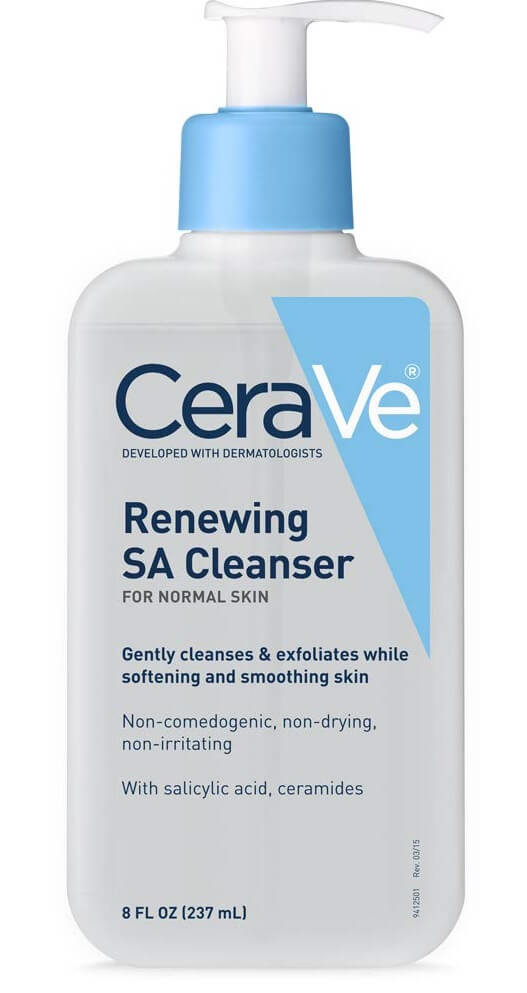
CeraVe’s Renewing S.A. Cleanser
On the other hand, AHAs have the added benefit of attracting moisture to the surface of your skin by acting as humectants providing an extra hydration boost. As we mentioned above, this is beneficial for those with rougher bumps and in the winter because they’ll help keep the areas moisturized which is exactly what you want.
The two best options here are glycolic acid and lactic acid. Glycolic acid would be best for milder, less inflamed forms of KP. Lactic acid should be the choice for those with more sensitive skin and heavily inflamed bumps.
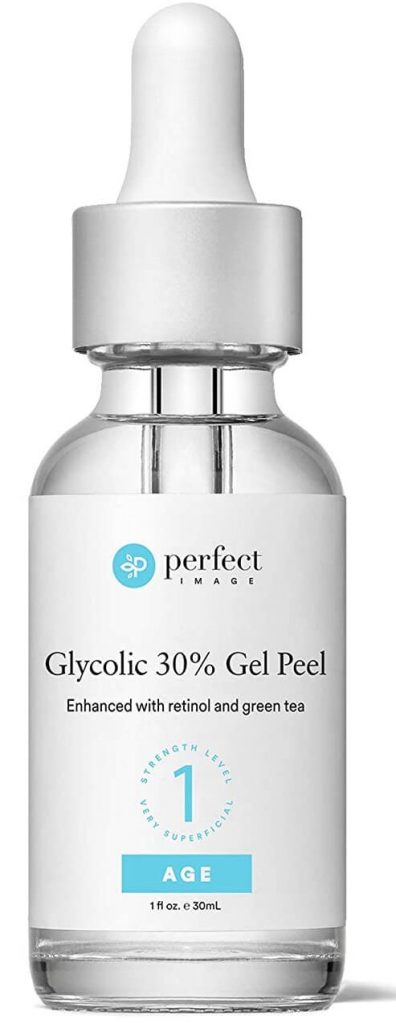
Glycolic Acid 30% Gel Peel by Perfect Image
Thanks to its natural moisturizing properties lactic acid packs a nice 1-2 punch by breaking down keratin and keeping the area smooth and elastic at the same time. Even if you opt for salicylic acid or glycolic acid instead, we recommend at least using a moisturizer that contains a small concentration of lactic acid to help act as a complement to your exfoliator.
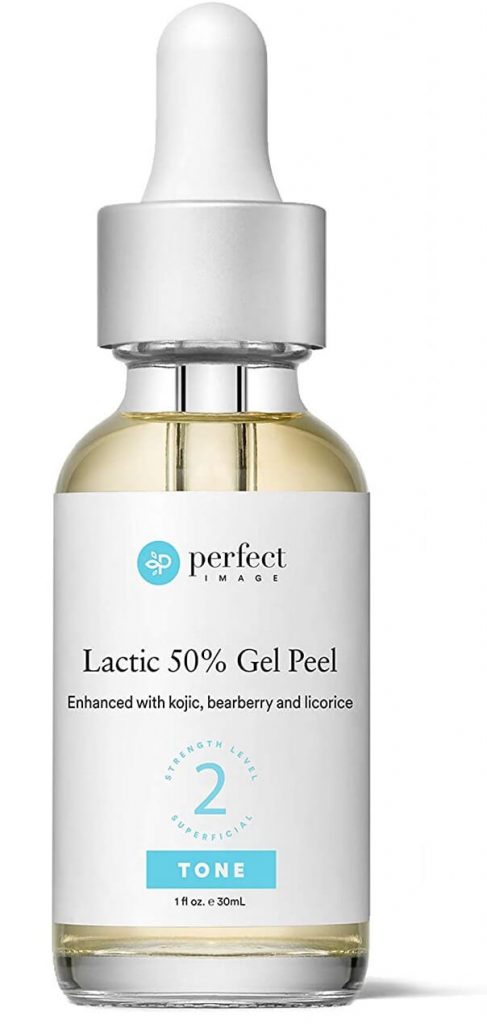
Lactic 50% Gel Peel by Perfect Image
It’s important to look out for the concentrations because at a high enough percentage they become chemical peels. While chemical peels do a better job at dissolving the keratin, they aren’t practical for everyday use. They make skin hypersensitive to UV rays so you’ll have to be extra careful. Always apply sunscreen after exfoliating unless you’re covering up the area with clothing.
One Last “Secret” Weapon To Use
If you feel your KP still isn’t responding well to treatment try this:
Apply a urea cream or lotion to your skin twice a day, once in the morning and again before you go to bed. This will be the extra cherry on top to really make sure you have all your bases covered.
Urea is an ingredient that soothes rough skin, and breaks down dead skin cells loosening up the keratin. It’s similar to lactic acid except it isn’t an exfoliator so you won’t have to worry about sun damage as much. Urea is ideal for inflamed bumps that need to be calmed down.
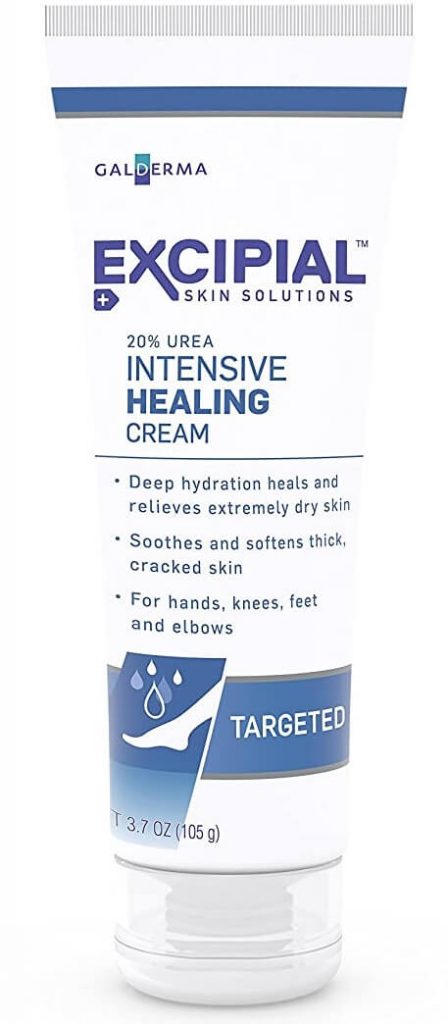
Urea 20% Intensive Healing Cream by Excipial
Basic Routine & Recap
- In the morning, after taking a shower or bath, apply urea cream to the affected areas before you go about your day.
- Use a chemical exfoliator once a day to help break down keratin, unclog pores, and free the trapped hair follicles.
- Salicylic acid is best for oily skin.
- Glycolic acid is best for less sensitive skin.
- Lactic acid is best for highly sensitive skin while also doubling as a moisturizer.
- After exfoliating, use a moisturizer that contains lactic acid as an ingredient (if you aren’t already using it already). This will keep your skin hydrated as well as help break down keratin to complement the previous step
- Finish your day by applying the urea cream or lotion once again before you go to bed.
- Avoid using body washes / bar soaps that contain harsh ingredients. This will avoid further inflaming skin.
- Use a self-tanner to help conceal any bumps on your arms.
There you have it! If you have any other tips, questions, or personal experience treating keratosis pilaris let us know @maxmylooks!



